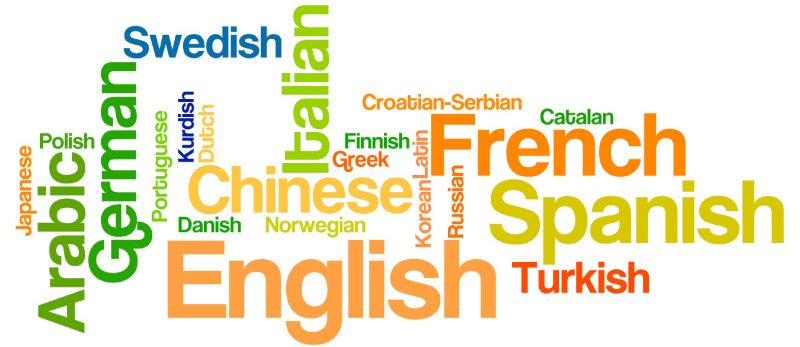In the articles “Hurdling Over Language Barriers: Building Relationships With Adolescent Newcomers Through Literacy Advancement” (2018) and “Examining the oral language competency of children from Korean immigrant families in English-only and dual language immersion schools” (2018), the idea of teaching English quickly to immigrants is discussed using similar and different techniques. “Hurdling” speaks about high school aged students in which desire to learn English which is given to them via an English only teaching technique in which the teachers are monolingual. Conversely, “Examining” considers both sides of the spectrum with one private school educating in both Korean and English and the other public school teaching solely in English. Both articles agree upon the importance of utilizing the English learners own culture to best achieve the goal of bilinguality. Not only does this technique increase interst for English learners, but it also provides for the English learners to show their expertise and value.
While the US welcomes immigrants like the ones discussed, from these articles, it comes clear that there is not enough structure in the education plan for immigrants desiring to become bilingual. For example, in the Korean article, immigrants desiring their children to be bilingual must provide for their children to attend a private school allowing for the study of both languages. This raises the issue of “what if an immigrant cannot afford to send their children to private education where they can learn both languages?”
As a result, many of these immigrant communities must rely on grassroots organizations to provide the education needed to become bilingual because it is simply not being provided in the public school systems, households, churches, or commercial enterprises of our country. No matter the age of the immigrant, becoming bilingual in America is not nearly as structured as it needs to be from a country that prides itself on being the melting pot of the world.
